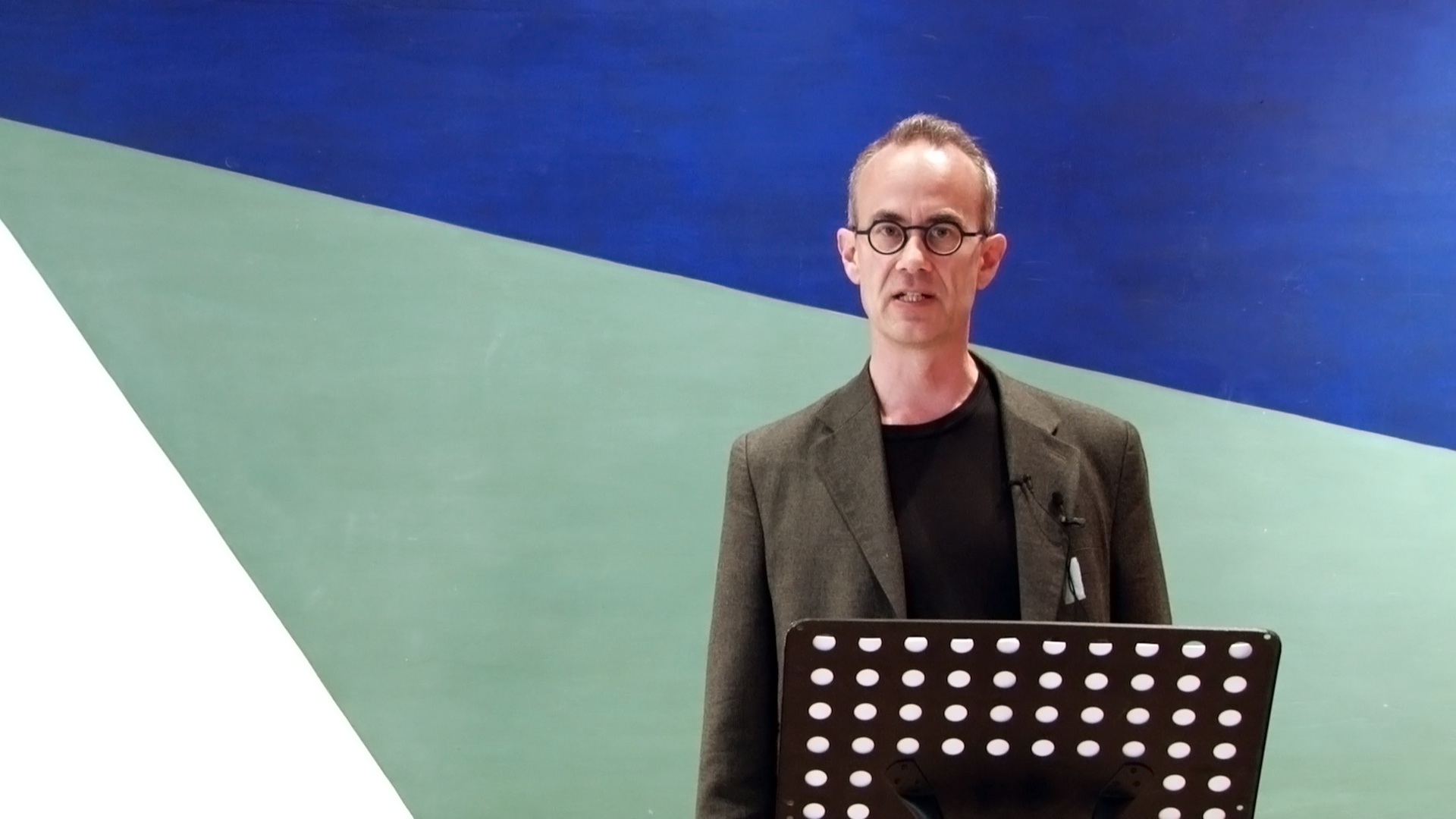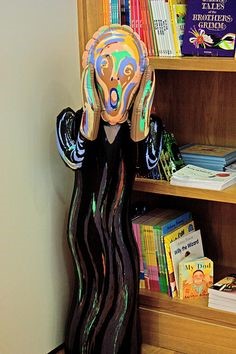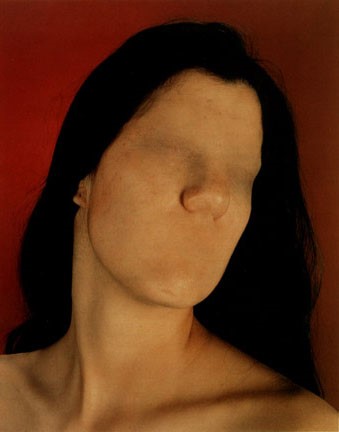"Posthuman Aesthetics" Online Course Preview 1: The Posthuman in Modern Art
This is a preview of one of the lectures from our open online course Posthuman Aesthetics.

Where do we find traces of the posthuman in art? Contemporary art forms that explicitly engage with advanced technology and its interference in bodies and plants are typically mentioned as candidates. However, in my own research, I suggest that such art forms are only the tip of a much larger iceberg. Humanist naturalism is thus transcended, broken apart and mocked throughout modern art in a way we could indeed term posthuman.
Take the Danish modernist painter Vilhelm Lundstrøm’s Female Model (1930-32). Its abstract tendencies – the reduction of human corporeal forms to simple geometric volumes, including a face that has its eyes and mouth smoothed out – could be understood in purely formalist terms. But as the Spanish philosopher José Ortega y Gasset remarked already in 1925, this abstract formalism in itself signifies a “dehumanization of art”. Evading naturalism’s usual agenda – empathy with the actions and concerns of human everyday life – modern abstraction directs our attention to abstract shapes, whose appreciation for their own sake presupposes a sort of pictorial violence against the humanist subject. In Lundstrøm’s painting the perceptual apparatus thus seems to attack the soft flesh of the female body and to transform it into something reduced and less differentiated than the ingredients we know from actual human bodies. This dehumanizing reduction associates both to not fully mature humans, to mathematical bodies and to machine parts.
If we should take this abstracted figure “naïvely” at face value and re-naturalize it even more than the blown-up plastic doll versions of Edvard Munch’s The Scream, we would end up in the neighborhood of Assiz and Cucher’s manipulated digital photographs from 1994. Here the faces’ missing eyes and mouths acquire an immediately uncanny quality, suggesting a concrete removal through some biotechnological intervention that palpably points to a posthuman dimension. Although these photographs, no less than Lundstrøm’s painting, involve a manipulation of forms that takes place in the representational apparatus itself – in the pixels as descendants of paint arrangements – we now believe in these works as un-manipulated photographs. Accordingly, we see their body anomalies as taking place in the actual bodies and not in the pictorial screen through which they are seen. However, no matter where the deformation of the human body is supposedly located – in the pictorial screen (Lundstrøm) or in the actual human body (Assiz and Cucher) – we discern a corporeal deconstruction we may term posthuman.

Vilhelm Lundstrøm Female Model (1930-32), oil on canvas. Malmö Kunstmuseum
Vilhelm Lundstrøm
Female Model (1930-32), oil on canvas.
Malmö Kunstmuseum

The Inflatable Scream Doll (1996), after Edvard Munch, The Scream (1893). On the Wall Productions
The Inflatable Scream Doll (1996), after Edvard Munch, The Scream (1893).
On the Wall Productions


Aziz og Cucher, George and Maria (1994) Manipulated digital photographs
Aziz og Cucher,
George and Maria (1994)
Manipulated digital photographs
